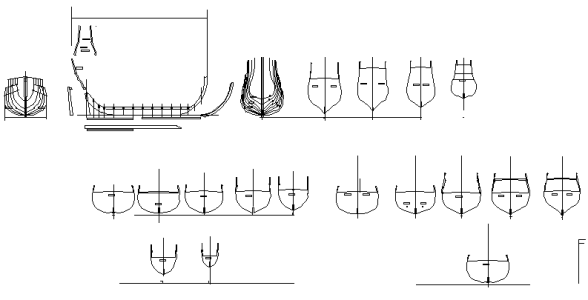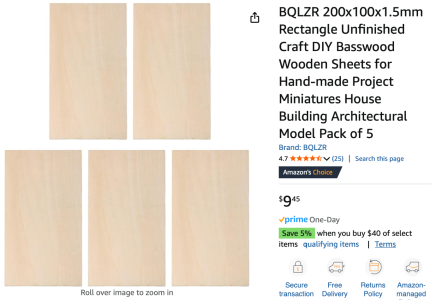HiThanks. I checked the post and yeh that seems a better way of doing it. I did try to find some 1 or 1.3 and then use some veneer strips for the planking but could only find 1.5mm.
Whilst I wait for delivery I will, same as you, persevere for video 3. I've done the hardest one to cut (the panel with the cutaway) in and only managed to break it in 4 places haha.
Thanks
I have not started my Victory yet but in preparation for possible issues with making the panels from strips I bought this from Amazon. It's 1.5 Basswood so I will probably follow Alans lead and scribe the panels with a H6 pencil to give some definition to the planks.
Regards
Tony


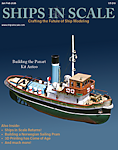




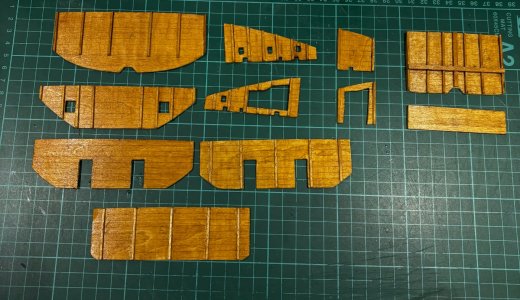

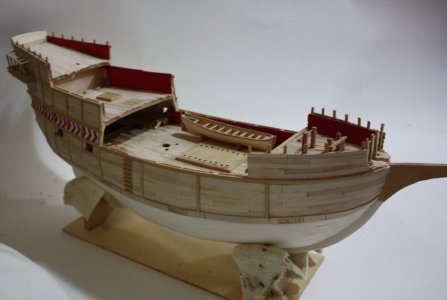
 . Cheers Grant
. Cheers Grant

